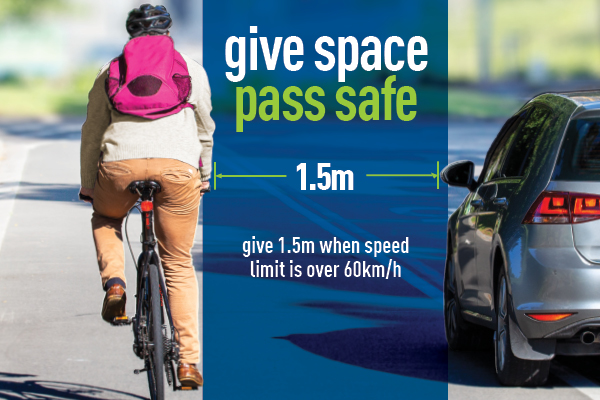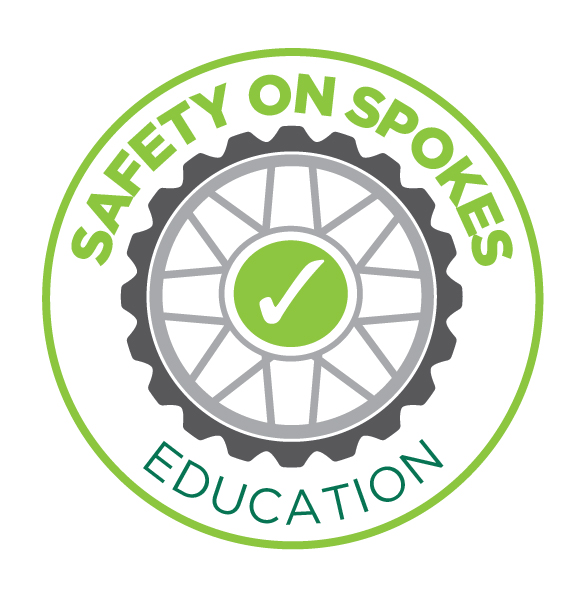NSW drivers have been required since 2018 to provide 1m/1.5m space when passing a bike rider. However, there are still many drivers who don’t know the law. We need your help to spread the word!

We recently wrote an article about how to safely overtake bike riders here. Please share this article with your network to help us educate drivers across NSW on how to pass a bike rider safely. This could help save a life.
What can riders do on the road?
Be visible
We encourage riders to wear bright contrasting colours by day, and reflective strips in low light on the parts that move the most i.e. legs, feet or ankles. Reflective trim on your wheels and tyres can also help at night by emphasizing the distinctive movement of a bicycle to someone driving. Read more here.
Make your intentions clear
We encourage riders to make their intentions very clear so other road users know what you’re doing. This means using clear and visible hand signals when turning, stopping or changing lanes. It also means maintaining a straight line before you turn while indicating.
Be conscious of what’s happening around you
If you are riding two abreast and also up hill, we encourage riders to consider returning to single file to allow cars to overtake.
Safety On Spokes
This article is a part of our 2 month Safety on Spokes Campaign where we cover a range of topics to make a better environment for bike riders in NSW.

